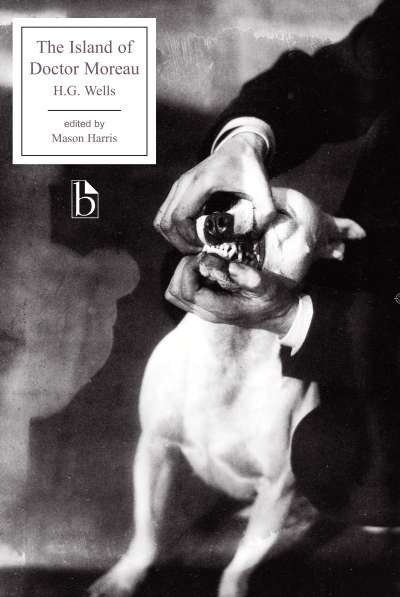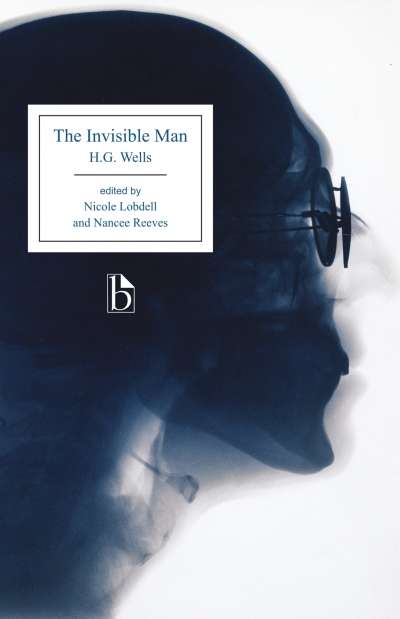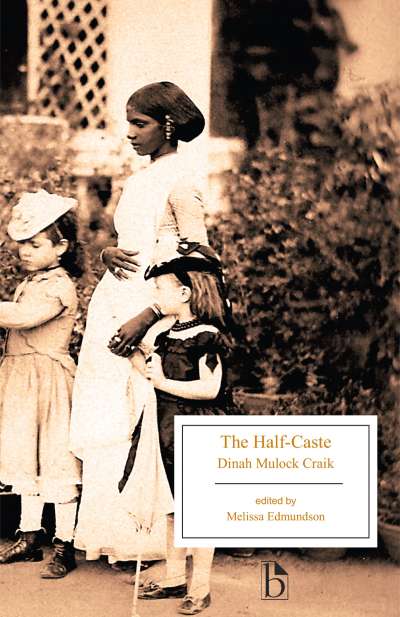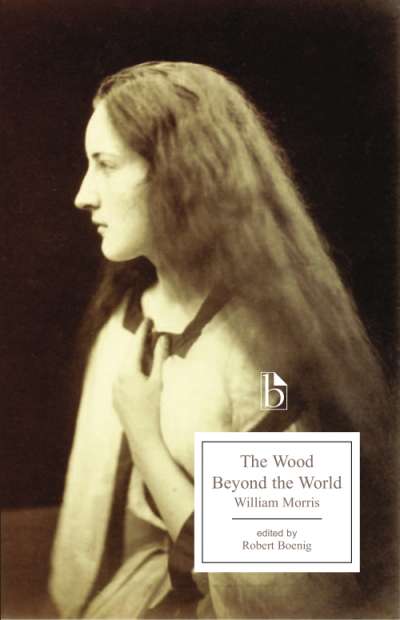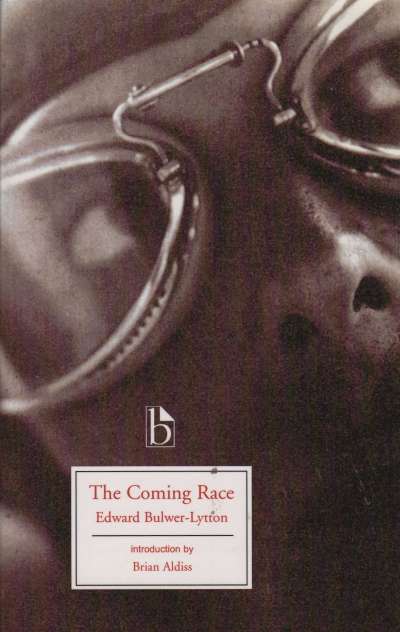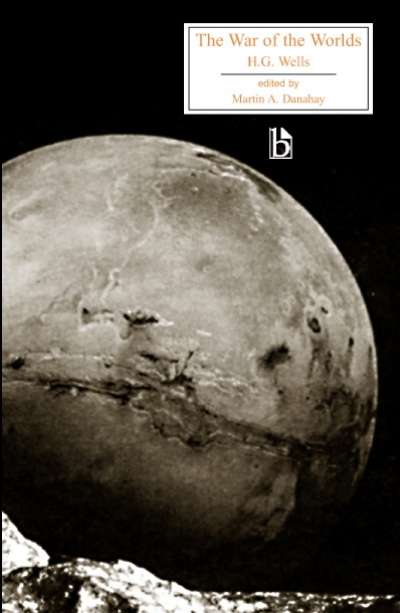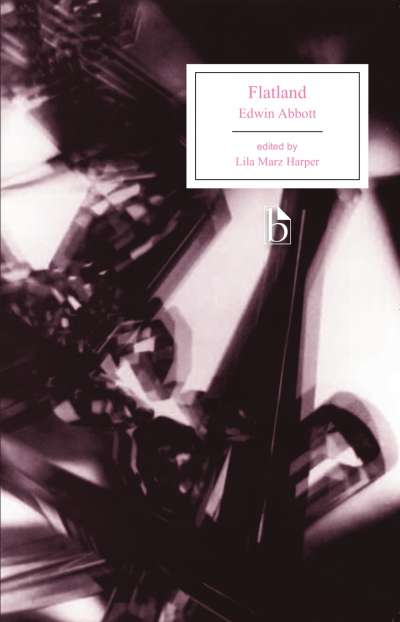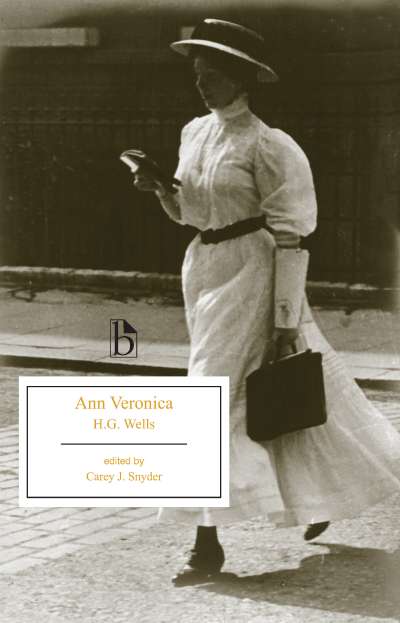The Coming Race is the crowning achievement of the genre of hollow earth fiction, in which a hero makes a perilous journey underground and discovers a superior race. The customs and political systems of these “aliens from inner space” are researched and contrasted with the deficient practices of old-fashioned, muddling, imperfect humanity. The subterranean race in this novel, the Vril-ya, are seemingly angelic creatures whose amazing powers come from their harnessing of a force called Vril. Bulwer’s novel is unequaled for the depth of its intellectual explorations—inquiries into an astonishing range of social, political, scientific, religious, linguistic, and sexual issues that are enabled by the hollow earth plot.
The novel is accompanied and illuminated in this edition by a broad range of historical materials on evolution, electromagnetism, gender roles, and nineteenth-century science fiction.
Comments
“Peter Sinnema’s excellent new edition of Edward Bulwer-Lytton’s The Coming Race restores to prominence a lost classic of Victorian science fiction, one whose contemporaries ranked it alongside Thomas More’s Utopia and Jonathan Swift’s Gulliver’s Travels. The edition’s masterful introduction and rich set of accompanying appendices set the novel within a remarkably diverse range of Victorian social, scientific, and political contexts, including those of first-wave feminism, Darwinism, electro-magnetic theory, and early science and adventure fiction. Particularly useful is the introduction’s discussion of the fascinating genre of hollow earth fiction, one whose scholarly rediscovery this new edition is sure to precipitate. All in all, The Coming Race is a wonderful addition to the Broadview series which will be of interest to a wide range of scholars, students, and general aficionados of Utopian fiction.” — Christine Ferguson, University of Glasgow
“Addressing a wide spectrum of Victorian cultural and intellectual contexts, Sinnema’s edition presents an especially sophisticated, rich, and current introduction to the allegorical complexities and literary impact of, and critical debates over, Bulwer-Lytton’s seminal science-fiction classic. With a well-annotated text and judicious and efficient selection of period documents, ranging from the physics of Faraday and Maxwell and the evolutionary thought of Darwin and Huxley to the sexual politics of Ruskin and Mill, this Broadview edition nicely equips the contemporary student or general reader of The Coming Race for critical comprehension.” — Bruce Clarke, Texas Tech University


